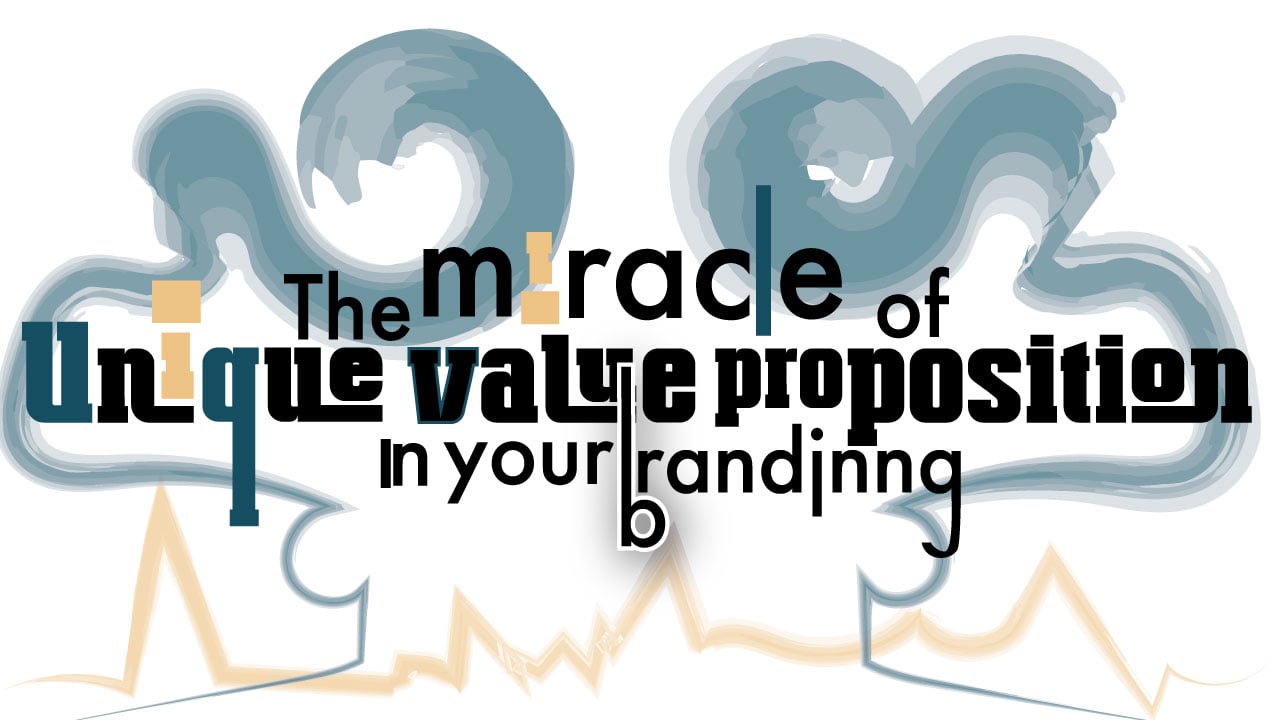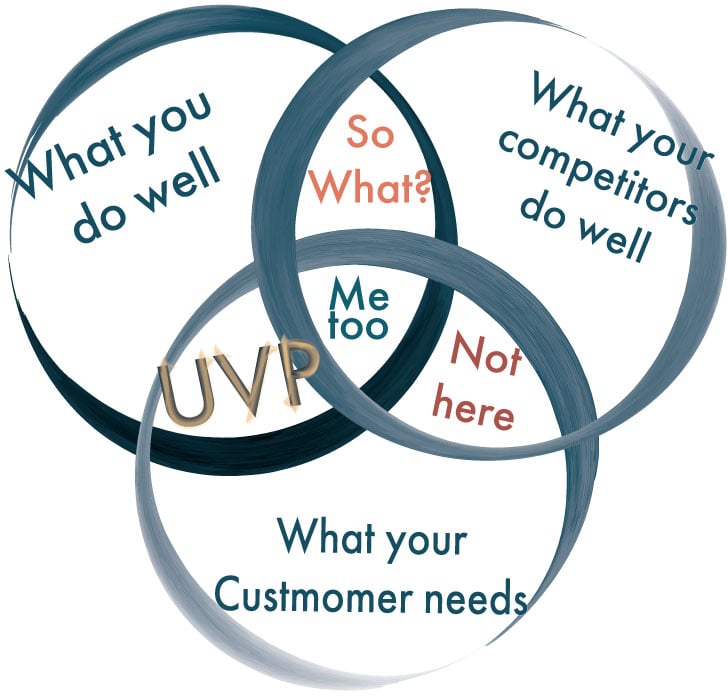The miracle of Unique value proposition in branding

How to stand out from 98% of other businesses?
98% of all the businesses in the world look the same to the client. Clients are not sure how to judge you. They don’t know how safe the transactions of your token are, How fast your payment services are, or how knowledgeable you are in investing.
Clients don’t understand your work. They don’t understand how you manufacture products, how you do finances, and how you design. You should tell them why you are different, what kind of problems you solve, how you are different than other people, and why they should choose you.
To stand out, you need to say something different because your competitors all are saying the same thing.
Own your brand voice
Establish your own voice, with your own language and your own words. You can not own your voice when you are speaking to everyone. When you send a direct specific message to a specific group of people, you immediately stand out. Choose a niche. Directly point them out and point their problems out. This is the different move that makes you stand out. This direct message to those specific people is called Unique Value Proposition.
What is a unique value proposition?
a value proposition is a positioning statement. a value proposition is your chance to tell your target market what makes you better than everyone else.
Differentiation is one of the most important strategic and tactical activities in which companies must constantly engage. A unique value proposition is not anything new: ‘’All our managers have blond hair’’. It must be related to the audience’s pain point.
Consider three intersecting circles. One sketches out your customer’s needs, one circle is for your professional skills, and one is for your competitor's advantage points. The intersection of all three circles in the dead center is a me-too company. Everybody offers the same thing there, so there is no differentiation there. Your unique value proposition is the intersection of what you do well and what your customers want, but your competitors don’t do it well.

Before crafting a unique value proposition, you need to know the answer to these questions. These two questions help you find the space that you need to occupy in the market:
1- Why should a client buy the thing you sell?
2- Why should a client buy that from you? What makes you better? Are you cheaper? Better quality? Faster?
Examples of things that can make you unique in comparison to your competitors:
+ Customer service (Easier to work with)
+ Quality (Better quality work)
+ Turnaround times (Faster? More nimble?)
+ Location (Near the client? Cheaper market?)
+ Industry knowledge (Special understanding)
+ Unique service (services they don’t offer)
+ Price (more affordable solution?)
How to craft a unique value proposition?
The best UVPs can be very different, but they all clearly define the product, service, or brand in everyday language. If you are new to branding, creating a unique value is a hardship, but it doesn’t need to be. I have a trick for writing a perfect UVP.
A special Trick to write a UVP
Most brands that tell good stories are actually using the storylines of good books in general. Every story has a hero, and our hero here is our client. In every story, that hero has some kind of problem. The hero (client) later meets a guide. This guide is you. You are the guide who is going to help the client solve the problem. In stories what the guides do is that they have a unique plan. This unique plan is a perfect solution to the problem. When the hero listens to the guide and carries out the solution, the problem ends and everybody lives happily ever after. This framework applies to most Hollywood movies. I want you to use this framework in your branding. Tell a brand story.
The structure of a value proposition
[The character=hero=client]
+ [The problem] + [The unique plan] + [The success]
I help _____(hero)
To make their _____(problem) look great, works well…
by having experience in_____ (unique plan)
So they can ____ (reach a success)
Example:
I help real estate agents (hero)
cultivate their database with more potential clients (problem)
by developing lead-generating websites (unique plan)
so they can grow and expand their business. (success)
This is my unique value proposition that you can see on this website:
I help financial businesses turn into reputable brands through my experience both in Graphic design and branding, so financial world leaders can outsmart their competitors and win over their clients.
In writing your UVP use your target audience's language. What specific terms do they mostly use? What language attracts them most? Remember that UVP is not a slogan or tagline. Taglines are short. They don’t offer much information. UVP is a descriptive statement that must be informative. UVP is a guiding statement to help you understand your market position. It should be completely clear and capable of being understood in 5 seconds or less.
Other formula for writing a Unique value proposition
“For [target customer] who [needs or wants X], our [product/service] is [category of the industry] that [benefits]”
“We help [X] to [Y] by [Z]”
